What are you looking for at Aqrani library?
-
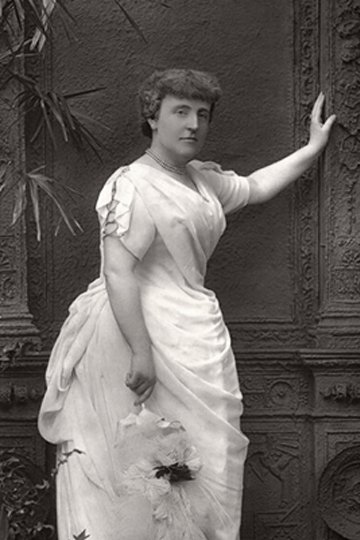
Frances Hodgson Burnett
Frances Eliza Hodgson Burnett (24 November 1849 – 29 October 1924) was a British-American novelist and playwright. She is best known for the three children's novels Little Lord Fauntleroy (published in 1885–1886), A Little Princess (1905), and The Secret Garden (1911).Frances Eliza Hodgson was born in Cheetham, Manchester, England. After her father died in 1853, when Frances was 3 years old, the family fell on straitened circumstances and in 1865 emigrated to the United States, settling in New Market, Tennessee. Frances began her remunerative writing career there at age 19 to help earn money for the family, publishing stories in magazines. In 1870, her mother died. In Knoxville, Tennessee in 1873 she married Swan Burnett, who became a medical doctor. Their first son Lionel was born a year later. The Burnetts lived for two years in Paris, where their second son Vivian was born, before returning to the United States to live in Washington, D.C. Burnett then began to write novels, the first of which (That Lass o' Lowrie's), was published to good reviews. Little Lord Fauntleroy was published in 1886 and made her a popular writer of children's fiction, although her romantic adult novels written in the 1890s were also popular. She wrote and helped to produce stage versions of Little Lord Fauntleroy and A Little Princess.Beginning in the 1880s, Burnett began to travel to England frequently and in the 1890s bought a home there, where she wrote The Secret Garden. Her elder son, Lionel, died of tuberculosis in 1890, which caused a relapse of the depression she had struggled with for much of her life. She divorced Swan Burnett in 1898, married Stephen Townsend in 1900, and divorced him in 1902. A few years later she settled in Nassau County, New York, where she died in 1924 and is buried in Roslyn Cemetery.In 1936,a memorial sculpture by Bessie Potter Vonnoh was erected in her honor in Central Park's Conservatory Garden. The statue depicts her two famous Secret Garden characters, Mary and Dickon.
-
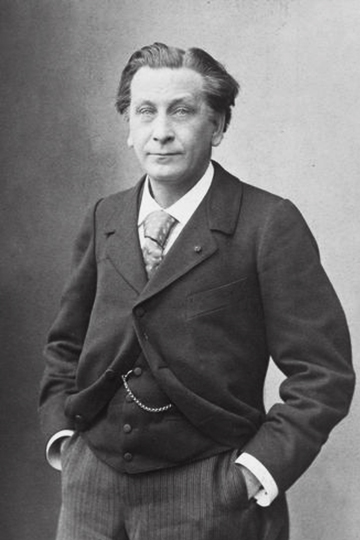
François Coppée
François Edouard Joachim Coppée (26 January 1842 – 23 May 1908) was a French poet and novelist. Coppée was born in Paris to a civil servant. After attending the Lycée Saint-Louis he became a clerk in the ministry of war, and won public favour as a poet of the Parnassian school. His first printed verses date from 1864. In 1869, Coppée's first play, Le Passant, starring Sarah Bernhardt and Madame Agar, was received with approval at the Odéon theatre, and later Fais ce que dois (1871) and Les Bijoux de la délivrance (1872), short poetic dramas inspired by the Franco-Prussian War, were applauded.After holding a post in the library of the senate, Coppée was chosen in 1878 as archivist of the Comédie Française, an office he held till 1884. In that year, his election to the Académie française caused him to retire from all public appointments. He was made an officer of the Legion of Honour in 1888.Coppée was famed as le poète des humbles (the poet of the humble). His verse and prose focus on plain expressions of emotion, patriotism, the joy of young love, and the pitifulness of the poor. Coppée continued to write plays, mostly serious dramas in verse, two in collaboration with Armand d'Artois. The performance of a short episode of the Commune, Le Pater, was prohibited by the government in 1889. Coppée published his first prose work in 1875 and went on to publish short stories, an autobiography of his youth, a series of short articles on miscellaneous subjects, and La Bonne Souffrance, a popular account of his reconversion to the Roman Catholic Church. His conversion was due to a severe illness which twice brought him close to death.
-
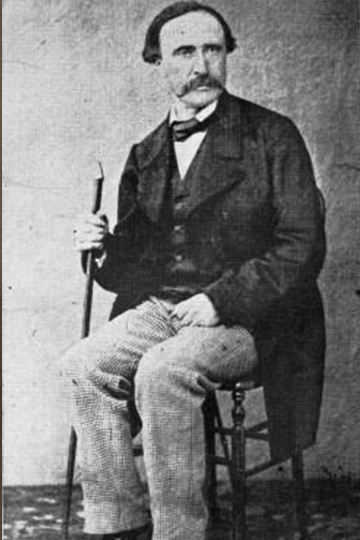
François-Marie Luzel
François-Marie Luzel (6 June 1821 - 26 February 1895), often known by his Breton name Fañch an Uhel, was a French folklorist and Breton-language poet. Luzel was born in the manor of Keramborgne, which then formed part of the commune of Plouaret (which, nowadays, is part of the commune of Le Vieux-Marché, Côtes-d'Armor. His father, François, and his mother, Rosalie le Gac. There, he met the future historian Arthur de La Borderie, and Émile Grimaud, who became the sub-editor of the Revue de Bretagne et de Vendée. As a young man, he aspired to be a naval doctor, and went to study to such an end in Brest. Instead of becoming a naval doctor, he went down a different route towards being a professor, but could not find a fixed post, which made his life rather nomadic. An encounter with Adolphe Orain, a folklorist of Upper Brittany, gave him some direction, and, with the support of Ernest Renan, he managed to obtain from the Minister for State Education the means to go search for old literary texts in Basse-Bretagne.
-

Gaston Lavalley
Gaston Lavalley (29 November 1834 in Vouilly – 1922) was a French writer, historian and art historian. He was a son of the engineer Louis-Auguste Lavalley-Dupéroux (1800–1885) and brother to Georges-Aimar Lavalley (1830–1882), later director of Caen's Musée des Antiquité and writer on religious buildings in the diocese of Bayeux. Gaston studied law before being made chief curator of the town library in Caen in 1870. Specialising in the history of Normandy, he contributed to many local and national journals and wrote many books, of which the main one is Légendes normandes.
-
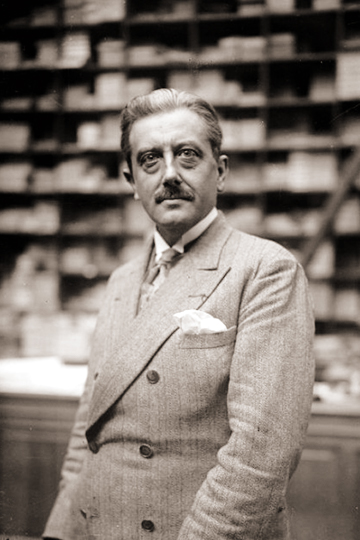
Georges Bernanos
Louis Émile Clément Georges Bernanos (20 February 1888 – 5 July 1948) was a French author, and a soldier in World War I. A Roman Catholic with monarchist leanings, he was critical of elitist thought and was opposed to what he identified as defeatism. He believed this had led to France's defeat and eventual occupation by Germany in 1940 during World War II. His two major novels "Sous le soleil de Satan" (1926) and the "Journal d’un cure de campagne" (1936) both revolve around a parish priest who combats evil and despair in the world. Most of his novels have been translated into English and frequently published in both Great Britain and the United States.
-

Georges Eekhoud
Georges Eekhoud (27 May 1854 – 29 May 1927) was a Belgian novelist of Flemish descent, but writing in French.Eekhoud was a regionalist best known for his ability to represent scenes from rural and urban daily life. He tended to portray the dark side of human desire and write about social outcasts and the working classes. Eekhoud was born in Antwerp. A member of a fairly well-off family, he lost his parents as a young boy. When he came into his own he started working for a journal. First as a corrector, later he contributed a serial. In 1877, the generosity of his grandmother permitted young Eekhoud to publish his first two books, Myrtes et Cyprès and Zigzags poétiques, both volumes of poetry. In the beginning of the 1880s Eekhoud took part in several of the modern French-Belgian artist movements.
-
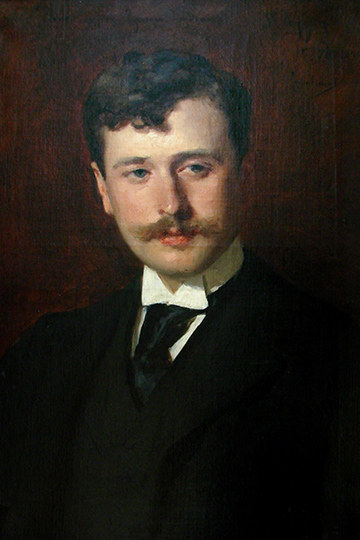
Georges Feydeau
Feydeau was born in Paris to middle-class parents and raised in an artistic and literary environment. From an early age he was fascinated by the theatre, and as a child he wrote his first plays and organised his schoolfellows into a drama group. In his teens he wrote comic monologues and moved on to writing plays. His first full-length comedy, Tailleur pour dames (Ladies' Tailor), was well received, but was followed by a string of comparative failures. He gave up writing for a time in the early 1890s and studied the methods of earlier masters of French comedy, particularly Eugène Labiche, Alfred Hennequin and Henri Meilhac. With his technique honed, and sometimes in collaboration with a co-author, he wrote sixteen full-length plays between 1892 and 1916, many of which have become staples of the theatrical repertoire in France and abroad. They include L'Hôtel du libre échange (The Free Exchange Hotel, 1894), La Dame de chez Maxim (The Lady from Maxim's, 1899), La Puce à l'oreille (A Flea in Her Ear, 1907) and Occupe-toi d'Amélie! (Look After Amélie, 1908).The plays of Feydeau are marked by closely observed characters, with whom his audiences could identify, plunged into fast-moving comic plots of mistaken identity, attempted adultery, split-second timing and a precariously happy ending. After the great success they enjoyed in his lifetime they were neglected after his death, until the 1940s and 1950s, when productions by Jean-Louis Barrault and the Comédie-Française led a revival of interest in his works, at first in Paris and subsequently worldwide.Feydeau's personal life was marred by depression, unsuccessful gambling and divorce. In 1919 his mental condition deteriorated sharply and he spent his final two years in a sanatorium in Paris. He died there in 1921 at the age of fifty-eight.
-
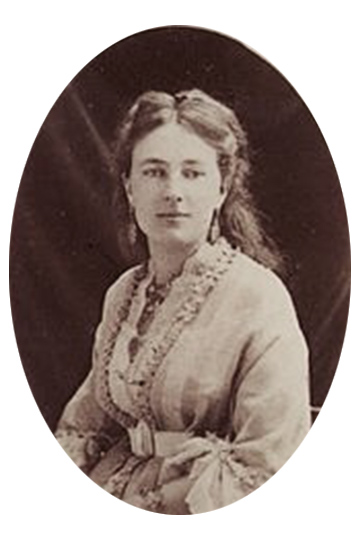
Georges Sand
Amantine Lucile Aurore Dupin 1 July 1804 – 8 June 1876), best known by her pen name Georges Sand was a French novelist, memoirist, and journalist. One of the more popular writers in Europe in her lifetime, being more renowned than both Victor Hugo and Honoré de Balzac in England in the 1830s and 1840s, Sand is recognised as one of the most notable writers of the European Romantic era. George Sand – known to her friends and family as "Aurore" – was born in Paris and was raised for much of her childhood by her grandmother Marie-Aurore de Saxe. In 1822, at the age of eighteen, Sand married Casimir Dudevant (1795–1871,first name "François"), out-of-wedlock son of Baron Jean-François Dudevant. She and Dudevant had two children: Maurice (1823–1889) and Solange (1828–1899). In 1825 she had an intense but perhaps platonic affair with the young lawyer Aurélien de Sèze. In early 1831, she left her husband and entered upon a four- or five-year period of "romantic rebellion." In 1835, she was legally separated from Dudevant, and took custody of their children
-

Georges Lenôtre
Louis Léon Théodore Gosselin (7 October 1855, in Richemont, Moselle – 7 February 1935) was a French historian and playwright who wrote under the pen name Georges. Lenotre. He wrote articles in publications such as Le Figaro, Revue des deux mondes, Le Monde illustré and Le Temps. He also produced numerous works dealing with the French Revolution, especially the Reign of Terror, constructed from his research into primary documents of the era. His work was recognized and admired by his contemporaries. Gosselin was made an officer of the Légion d'honneur and in 1932 was elected to the Académie française, but died before being able to sit in the Academy and never made the speech which he had written in homage to his predecessor, René Bazin.His works include: Paris Révolutionnaire, La Guillotine et les exécuteurs des arrêts criminels pendant la Révolution, Un conspirateur royaliste pendant la Terreur : le baron de Bats, Le Vrai Chevalier de Maison-Rouge, La Captivité et la mort de Marie-Antoinette, La Chouannerie normande au temps de l’Empire, Le Drame de Varennes, Les Massacres de Septembre, Les Fils de Philippe-Égalité pendant la Terreur, Bleus, Blancs et Rouges, Le Roi Louis XVII et l’énigme du Temple, La Proscription des Girondins.He also wrote for the theatre: Les Trois Glorieuses, Varennes, Les Grognards.G. Lenotre died in Paris on 7 February 1935.
-

Gricha Rosov
Books: Small Dictionary of Fine Arts and Painting